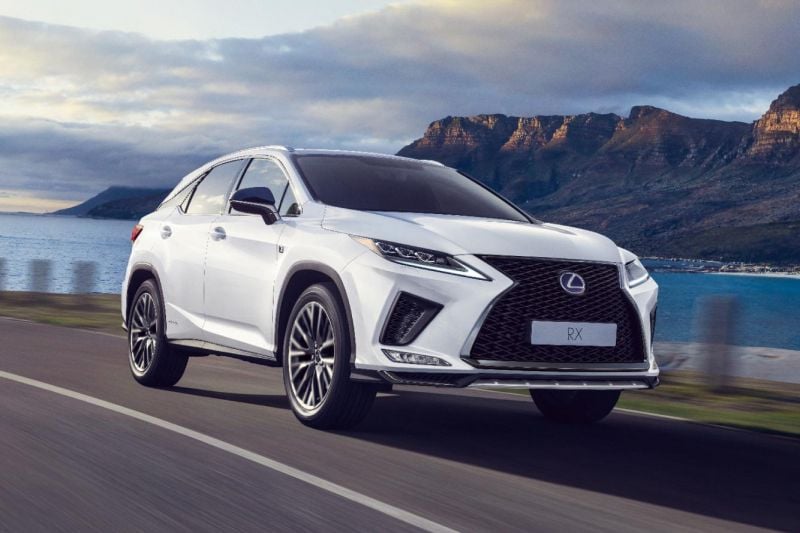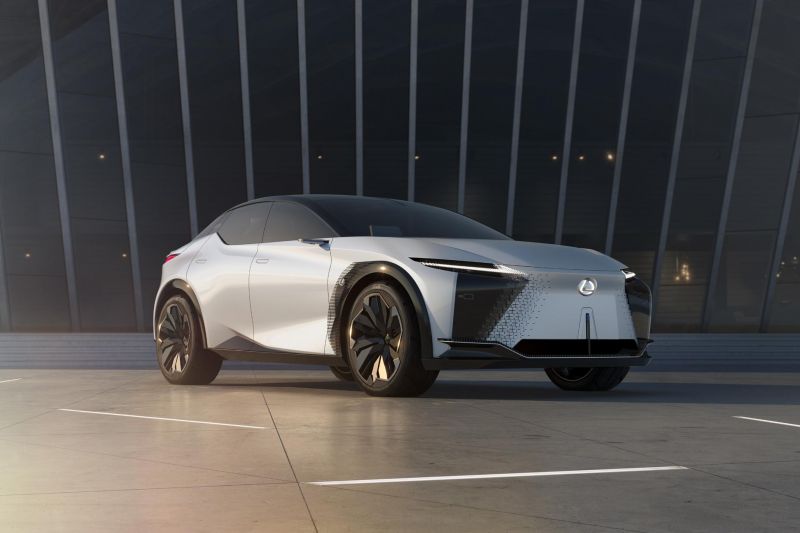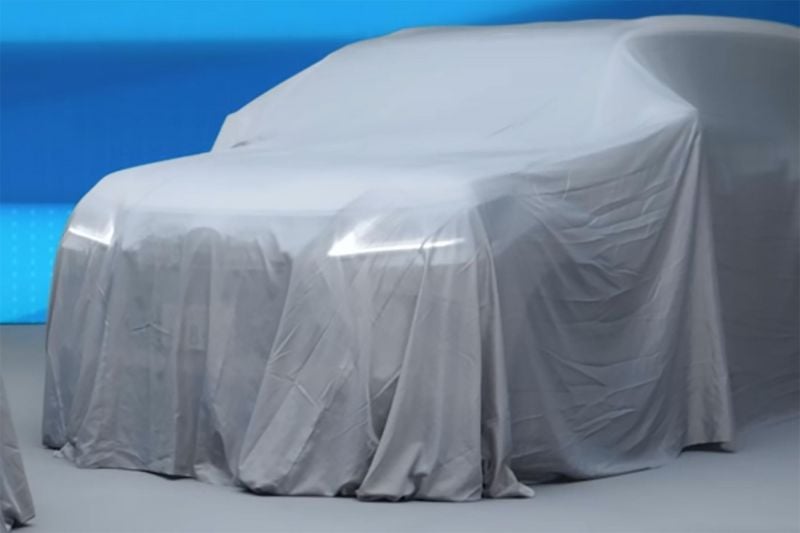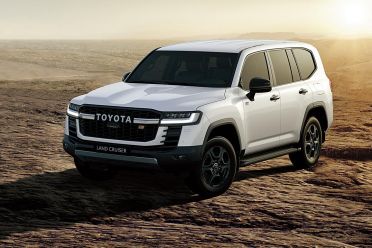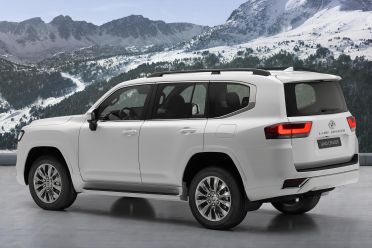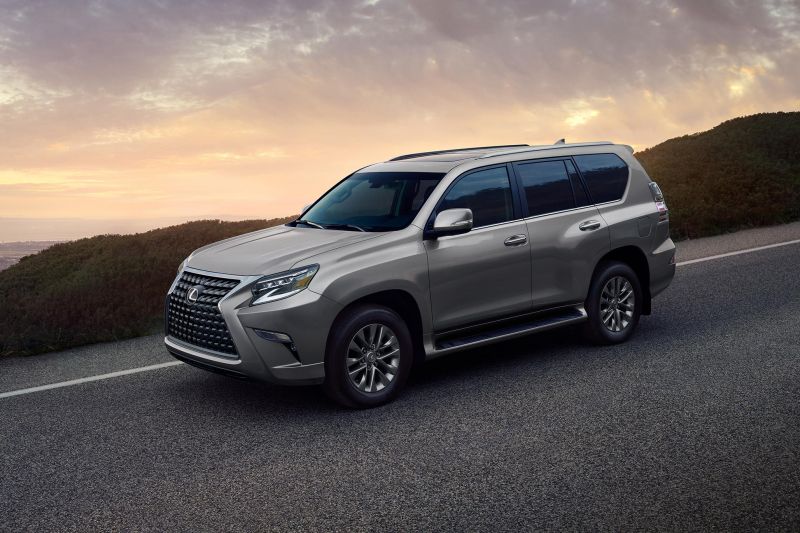Lexus is set to revitalise and expand its SUV range over the next few years.
Car & Driver reports the Japanese brand will introduce a new three-row crossover, in addition to the production LF-Z Electrified and next-generation LX we already knew were coming.
The outlet found trademarks for a TX350 and TX500h, which points to a rumoured, full-sized crossover to sit above the RX.
This would give Lexus a more convincing three-row offering than the current RX L, a slightly stretched version of the RX with a rather uninviting third row.
Those trademarked nameplates suggest the TX could offer a choice of a naturally-aspirated 3.5-litre V6 like the current RX, plus a version of the hybrid 3.5-litre V6 in the LS500h.
It’s safe to assume such a model would use the TNGA architecture proliferating throughout the Toyota and Lexus model ranges, while also featuring a longer wheelbase than the RX L.
The RX L’s extra length is in its rear overhang; it shares its 2790mm wheelbase with the regular RX.
Previous reports have indicated the next-generation RX will launch in the US in the second half of next year, and will use the TNGA architecture.
Toyota is also reportedly planning a new crossover to sit above the Kluger/Highlander called the Grand Highlander.
Lexus has confirmed it’ll launch a new electric vehicle in 2022.
That’s expected to be a production version of the LF-Z Electrified, which Car & Driver reports will wear the RZ450e nameplate based on a trademark filing it found.
The concept featured a 90kWh liquid-cooled lithium-ion battery and a dual-motor all-wheel drive system that could control the amount of torque being sent to the front and rear axle along with the braking on each wheel, switching between front-, rear- and all-wheel drive.
Outputs were 400kW of power and 700Nm of torque, with a claimed electric range of 600km under the stricter WLTP standard and a 0-100km/h time of 3.0 seconds.
The LF-Z Electrified concept measured 4880mm long, 1960mm wide and 1600mm tall on a 2950mm wheelbase, or roughly the overall size of a Lexus RX.
Lexus has also said it’ll offer an electric variant of all its vehicles by 2025.
A redesigned LX based on the new Toyota LandCruiser 300 Series has already been teased, and the nameplate LX600 has been trademarked.
The LX600 will reportedly be powered by the 3.5-litre twin-turbocharged 3.5-litre petrol V6 used in the new 300 Series in some markets.
The petrol engine produces 305kW of power and 650Nm of torque.
The 300 Series’ twin-turbocharged 3.3-litre V6 diesel is also expected to be found under the bonnet of LX models wearing LX500d badging.
In the 300 Series, this engine produces 227kW of power and 700Nm of torque.
The LX range will reportedly be topped by a twin-turbocharged 3.5-litre V6 hybrid producing upwards of 360kW of power.
It’ll be the first hybrid powertrain ever used in an LX, and is expected to wear LX750h badging.
Finally, a redesigned Lexus GX is in the works.
The current 11-year old car car is closely related to the Toyota LandCruiser Prado, also set for a redesign in the next two or three years, but differs with a more luxurious interior and a mandatory 4.6-litre petrol V8 engine.
It’s sold primarily in North American and Eurasian markets.
The next-generation model will emphasise its 4×4 credentials, and will be pitched more overtly as an alternative to the likes of the Land Rover Defender and Mercedes-Benz G-Class.
It’s expected to upgrade to the twin-turbo 3.5-litre petrol V6. It may use the TNGA-F body-on-frame architecture underpinning the new LandCruiser.
Car & Driver cited a Reddit post by a user called F1_Geek, who purportedly has insider information.
The user mentioned the TX will launch in 2022, while the LX will offer an ultra-luxury VIP edition.
Other claims include that Lexus will redesign the IS and RC in 2024 and once again offer them globally, while the rumoured LC F has been axed in favour of a slightly less hardcore LC F Sport Performance albeit still packing a twin-turbocharged V8 engine.


